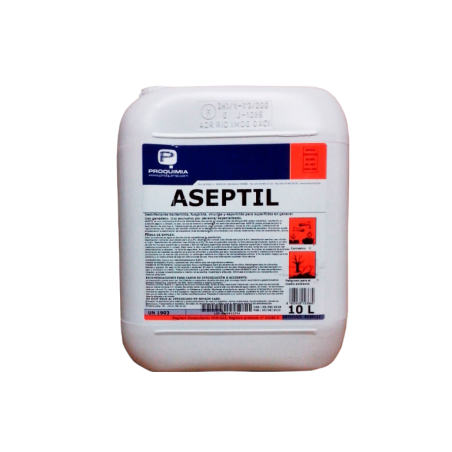Filtering the air entering swine farms has significantly reduced the incidence of porcine reproductive and respiratory syndrome virus (PRRSv) infections in Midwestern U.S. breeding herds. Despite the significant investment made in installation of air filters, the nature and type of viruses trapped by these filters are not yet clear because of the unavailability of reliable methods to elute and detect these viruses. Here we report that eluting viral particles from the air filters by grinding filter specimens with liquid nitrogen, coupled with TRIzol reagent to extract RNA can detect both PRRSv and influenza A virus (IAV) from used minimum efficiency reporting value (MERV) 14, 15 and 16 rated air filters.
PRRSv was detected in 27% (12/44) and IAV was detected in 66% (29/44) of filters that had been in installation between 08/12/13 and 07/12/17. Interestingly, PRRSv was also detected on used filters from farms with PRRSv negative status at the time of filter removal. Presence of PRRSv and IAV in the used filters show likely evidence of between herd aerosol spread for these viruses.

The methods derived from this study open up avenues to further investigate airborne transmission and risk of virus introduction into farms contributing to the control of diseases in swine.
Nirmala J, Alves G, Vilalta C, Yang M, Rendahl A, Olson B, Torremorell M. Evaluation of viral RNA extraction methods to detect porcine reproductive and respiratory syndrome and influenza A viruses from used commercial HVAC air filters from swine farms. Journal of Aerosol Science. 2021; 151:105624. https://doi.org/10.1016/j.jaerosci.2020.105624






